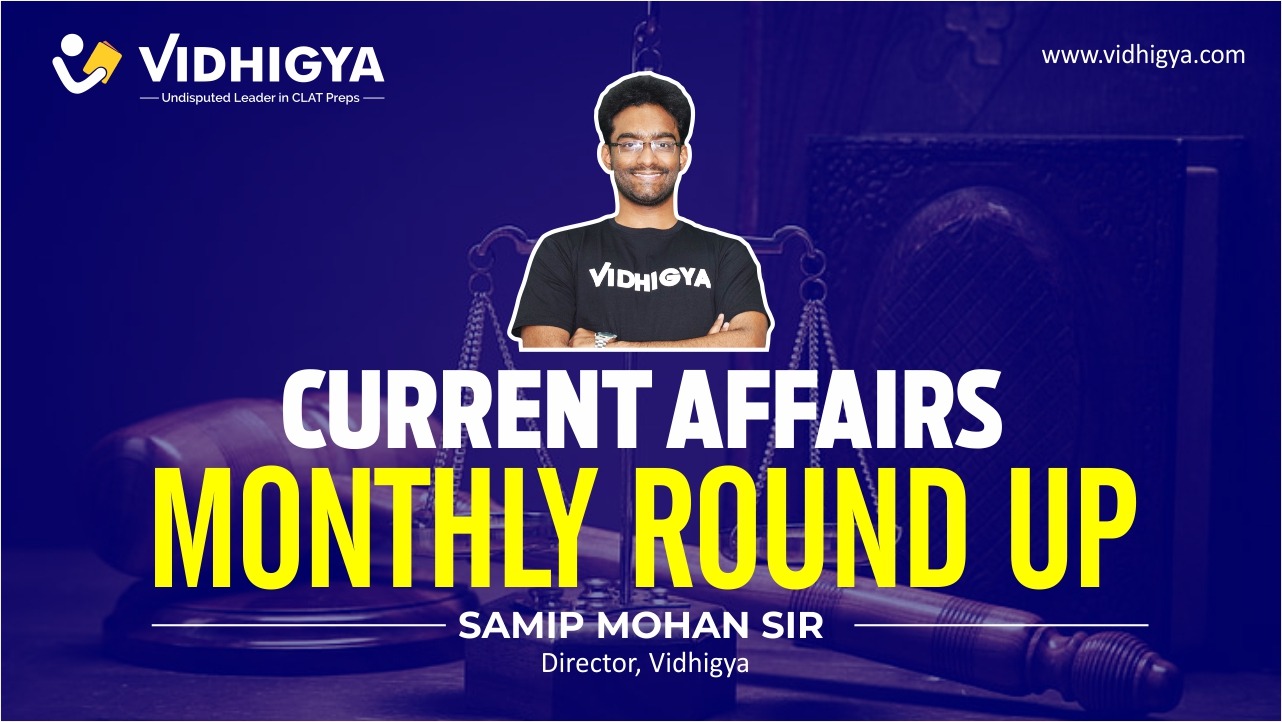- Startup firm IG Drones, which was born out of Veer Surendra Sai University of Technology (VSSUT) campus in Odisha’s Sambalpur has developed a 5G-enabled drone Skyhawk, that is capable of vertical take-off and landing.
Key Features
- Skyhawk drone can carry a 10 kg payload and has an endurance of around five hours.
- As it is a VTOL (Vertical Take-off and Landing), it can be operated from any terrain without the need of a conventional runway.
- With the addition of Artificial intelligence and thermal imaging capabilities, the drones can be used in monitoring border intrusion and during regular patrolling by the defence forces, according to the company.
- It is IP67 rated and can be controlled via a combination of NavIC + GPS navigational satellites which remain connected in the upper range of 50 to 60 in case of failsafe activation.
- The first digit – a number between 0 and 6 – after ‘IP’ denotes the level of protection a drone has against the ingress of solid objects. The second digit – a number between 0 and 9 – after the ‘IP’ denotes the level of protection a drone has against the ingress of liquids.
NavIC
- NavIC- the Indian Regional Navigation Satellite System (IRNSS) or NavIC is designed as a constellation of 7 satellites and a network of ground stations operating 24×7.
- There are a total of eight satellites however only seven remain active.
- Three satellites in geostationary orbit and four satellites in geosynchronous orbit.
- It was recognised by the International Maritime Organization (IMO) as a part of the World-Wide Radio Navigation System (WWRNS) for operation in the Indian Ocean Region in 2020.
- Geostationary Satellites- Geostationary satellite is a satellite that revolves from west to east during a period of revolution (24 hours). It is placed in orbit at a distance of around 35,800 km from the earth’s surface. The orbital plane for a typical geostationary satellite is the equatorial plane.
- Geosynchronous Satellites- Geosynchronous satellite is placed in the geosynchronous orbit with an orbital period matching the Earth’s rotation period. These satellites take 24 hours to complete one orbit around the earth. However, the orbital plane for a typical geosynchronous satellite is generally not the equatorial plane.
